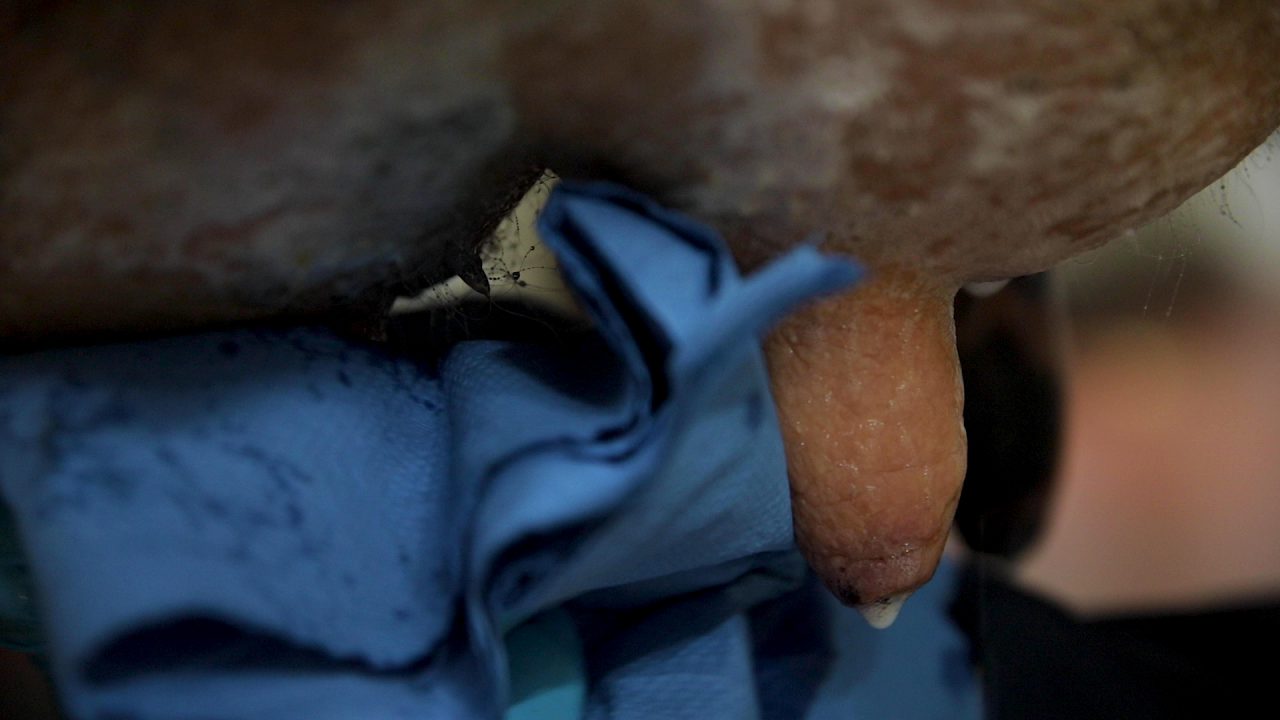The drying-off of cows has begun on some farms, while for others their first cows will go dry in the coming days.
When drying-off cows, you need to take your time and ensure that the job is completed correctly.
Start with a small number of cows to get back into the habit, before building up to full rows.
Drying-off cows should be avoided when you are tired, hungry or stressed.
Equipment
With final preparations underway for drying-off, it is important that you have the equipment required on farm.
The necessary equipment needed includes:
- A clean apron;
- Head torch;
- Disposable gloves;
- Teat wipes or cotton balls and surgical spirits;
- Marker and recording notebook;
- And intramammary tubes, including teat sealers.
Procedure
Getting the drying-off procedure right is important, as it ensures that infections aren’t picked up during the process.
Before you start drying-off cows you should practice the process to ensure you have everything that you require.
Cleaning the parlour between batches helps to maintain a clean environment.
When drying-off cows, keep them in batches based on treatment, so keep a group of cows that are receiving selective dry cow therapy (SDCT) together.
Firstly, it is important that you wear a clean milking apron/parlour suit and nitrile disposable gloves.
Ensure that cows are milked out completely, disinfect the teat ends thoroughly with cotton wool and methylated/surgical spirits by vigorously rubbing the teat opening for a minimum of 10 seconds.
Disinfect the teats furthest away, followed by teats nearest to you to prevent re-contamination.
Check the teat wipe – if there is a dirty colour, repeat the scrub using a new cotton ball until it is clean.
Treat the teat ends nearest you first, followed by the more distant teats to prevent re-contaminating the teats.
Keep the nozzle of the tube sterile, to prevent introducing new infections into the teats and udder.
Insert the tip of the nozzle into the teat opening and squeeze the contents gently into the quarter.
It is not necessary or recommended to insert the tube nozzle to its full depth, as this may damage the teat end.
When the tube is emptied into the teat, massage the antibiotic up into the quarter and thoroughly spray or dip the teats with teat disinfectant after treatment.
Ensure that the dried-off cows are clearly marked, and make note of the cow number, date, product used and withholding period.
Leave cow to stand for approximately two hours to allow teat canals to close.
Monitoring
Proceeding the drying-off process, it is important that cows are closely monitored for signs of infections.
Cows are susceptible to new infections particularly in the early dry period before their teats have sealed, and in the two weeks prior to calving.
Cows need to be monitored closely during these times, because if mastitis is not identified promptly, the cow can become very sick, very quickly.
Ensure that cows are housed in a clean and dry environment to reduce infection pressure.
